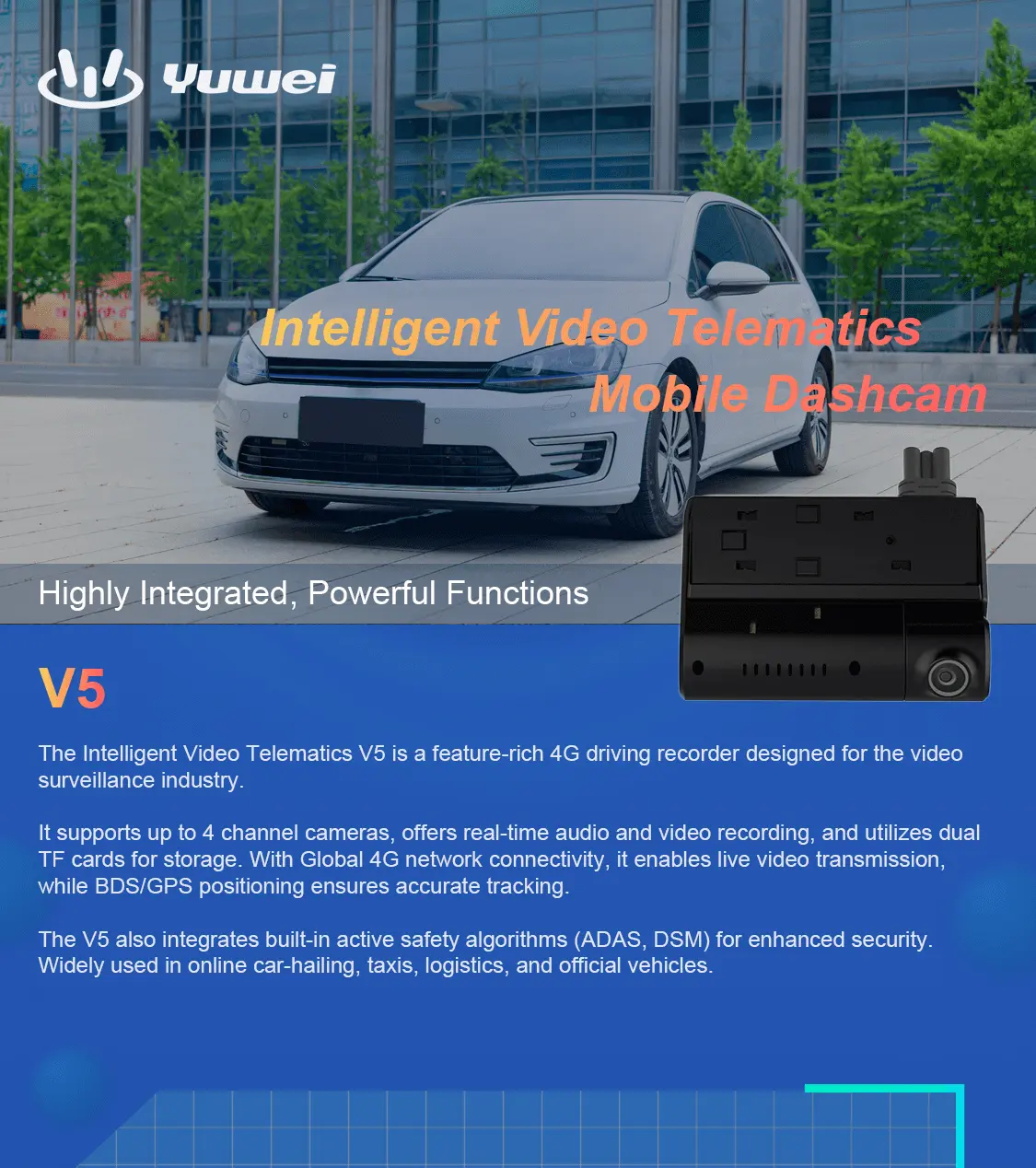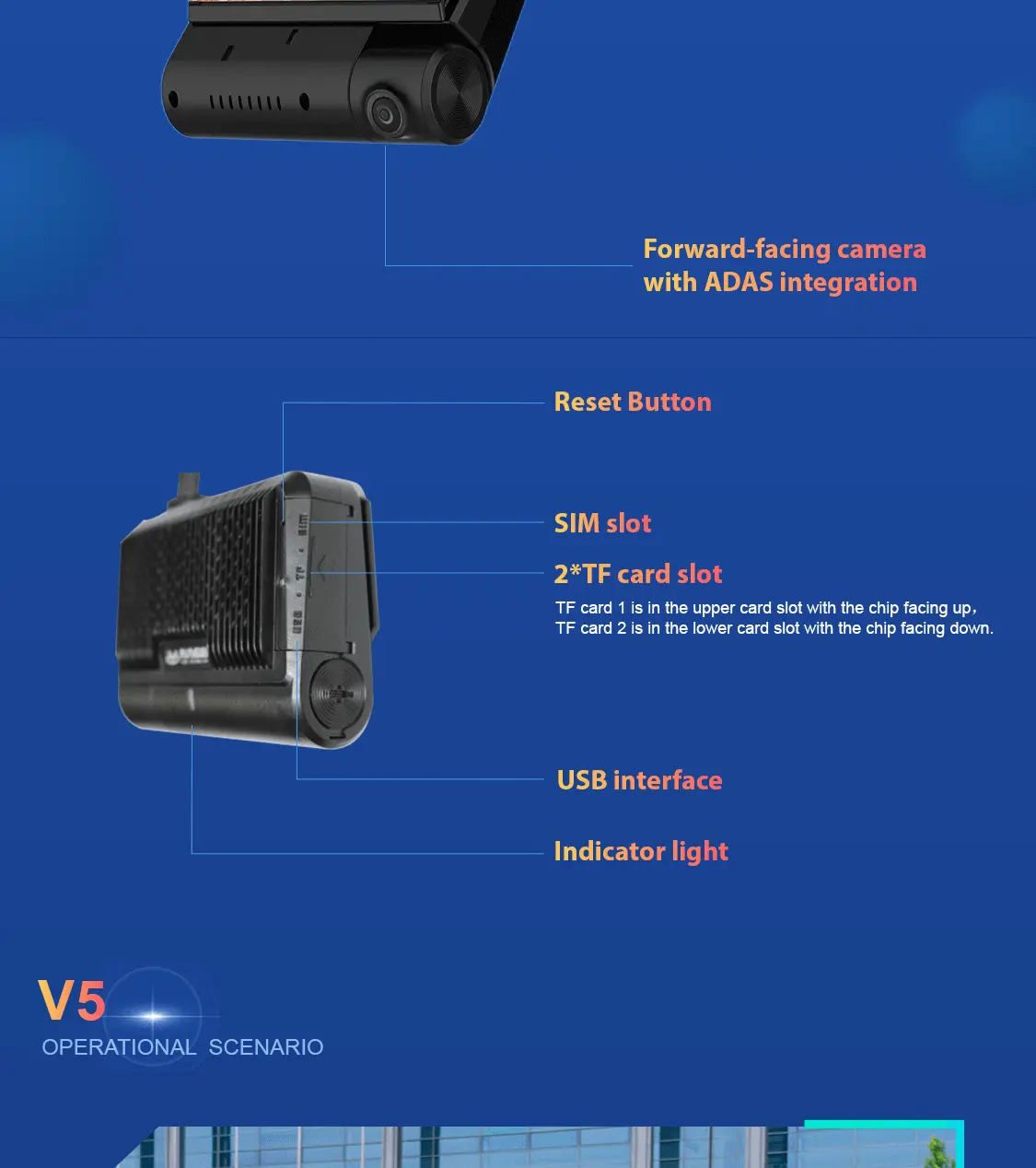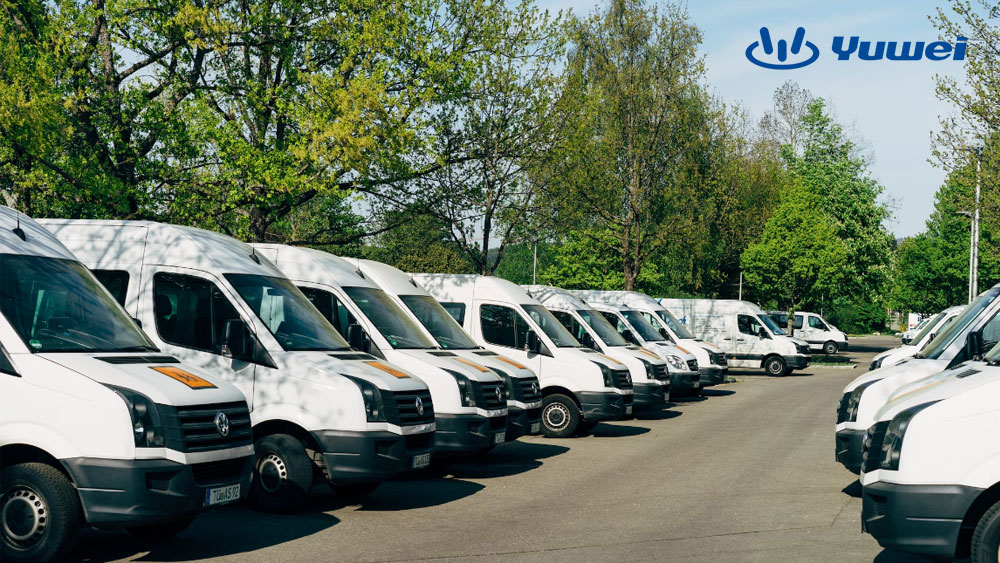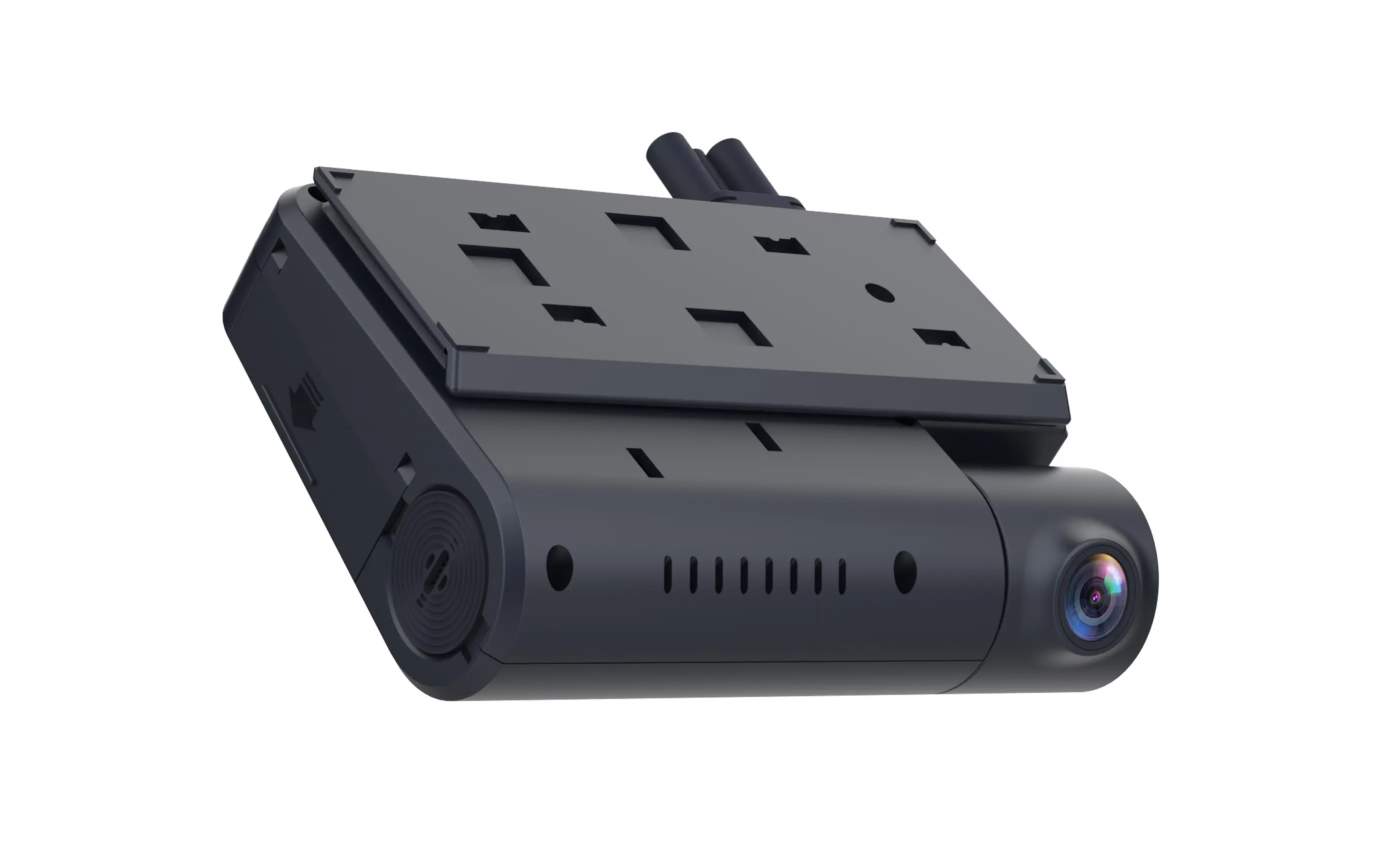Best Integrated Front and Rear Dash Cams
Integrated Front and Rear Dash Cams
Advanced Driver Assistance Systems (ADAS) encompass a broader range of technologies aimed at aiding drivers and enhancing overall safety. ADAS systems utilize various sensors, cameras, and radars to monitor the vehicle's surroundings and provide assistance in different driving scenarios. Some common ADAS features include:
Adaptive Cruise Control (ACC): This system uses radar or cameras to maintain a set distance with the vehicle in front, automatically adjusting speed to accommodate traffic flow.
Lane Departure Warning (LDW): LDW uses cameras to detect lane markings and alerts the driver if the vehicle deviates from the lane without signaling.
Forward Collision Warning (FCW): FCW systems use sensors to detect potential collisions with objects or vehicles ahead and alert the driver to take appropriate action.
Automatic Emergency Braking (AEB): AEB systems work in conjunction with FCW to automatically apply brakes if a collision is imminent and the driver fails to respond to the warning.
The V5 is a top-tier integrated front and rear dash cam, with the standard version being a three-camera dash cam setup, comprising three separate camera units. These cameras are typically positioned on the front windshield, rear windshield, and inside the vehicle to capture different perspectives of the surrounding environment.
The front-facing camera records the view ahead of the vehicle, serving as a conventional dash cam, capturing events like accidents or hazards. The rear-facing camera records the rear view, useful for documenting rear-end collisions or monitoring actions of vehicles behind. The interior camera, placed inside the vehicle, monitors the driver and passengers, which is particularly useful for ride-sharing services or capturing any incidents or behaviors inside the vehicle.
A three-camera dash cam setup offers comprehensive coverage, enabling events to be captured from different angles, enhancing overall safety, and providing valuable evidence in case of accidents or disputes.
An optional 4-camera dash cam refers to a setup with four separate camera units, providing even more comprehensive coverage of the surrounding environment. These cameras are strategically placed around the vehicle to capture various perspectives.





The positions of the four cameras are as follows:
Front-facing camera: Similar to a standard dash cam, this camera is mounted on the front windshield, recording the view ahead of the vehicle, capturing events such as accidents, hazards, or any other incidents occurring in front of the vehicle.
Rear-facing camera: Typically installed on the rear windshield or the rear of the vehicle, this camera captures the view behind the car, useful for documenting rear-end collisions, monitoring vehicles following behind, or capturing any other incidents occurring behind the vehicle.
Interior camera: Positioned inside the vehicle, usually near the rearview mirror or on the dashboard, this camera records activities inside the vehicle, including the driver and passengers. It is particularly useful for ride-sharing services, monitoring driver behavior, or capturing any incidents or behaviors inside the vehicle.
Side-view cameras: Placed on both sides of the vehicle, usually on the side mirrors or fenders, these cameras capture blind spots and adjacent lanes, providing additional coverage and enhancing the functionality of blind spot detection systems. They also help in recording side collisions or instances of other vehicles unexpectedly entering your lane.
BSD stands for Blind Spot Detection, and ADAS stands for Advanced Driver Assistance Systems. These are common technologies in modern vehicles that enhance safety and assist drivers in various ways.
Blind Spot Detection (BSD) is a system that uses sensors, typically installed on the side mirrors or rear bumper, to monitor areas beside and behind the vehicle. It alerts the driver when there are other vehicles or objects in the blind spots that cannot be seen through the side or rearview mirrors, thus assisting the driver. BSD systems usually use radar or ultrasonic sensors to detect objects and provide visual or auditory warnings to the driver, reducing the risk of side collisions or accidents during lane changes.
Wi-Fi functionality on dash cams offers various useful features and advantages. Here are some common uses of Wi-Fi functionality on dash cams:
Real-time viewing and playback: With Wi-Fi connectivity, you can use a smartphone or tablet as a screen to view the live feed from the dash cam. This allows you to monitor the road ahead or check the camera's view in real-time. Additionally, you can directly access recorded footage on your mobile device without removing the storage card from the dash cam.
Video transfer and sharing: Wi-Fi functionality enables wireless transfer of video files from the dash cam to mobile devices. This makes it convenient to save and share important footage or evidence captured by the dash cam. You can quickly transfer videos to your smartphone for immediate sharing with insurance companies, law enforcement, or social media platforms.
Time-lapse recording and parking guard are two common additional features found on dash cams. Here's an explanation of each feature:
Time-lapse recording: Time-lapse recording is a feature that allows the dash cam to capture footage at a lower frame rate over an extended period. Instead of continuous recording, the dash cam takes intermittent frames at set intervals. This feature is useful for capturing long drives or scenic routes in compressed formats. By compressing hours of footage into shorter videos, you can easily review a long journey without watching hours of continuous recording.
Parking guard: The parking guard feature is designed to protect your vehicle when parked and the engine is off. When enabled, the dash cam enters a special mode where it automatically starts recording if any movement or collision is detected around the parked vehicle using motion detection or collision sensors. This feature is particularly useful for monitoring and capturing events such as theft, vandalism, or hit-and-run accidents that may occur while the vehicle is unattended. The recorded footage can provide valuable evidence for insurance claims or police reports.
It's important to note that not all dash cams have these features, and the specific implementations may vary depending on the model and brand.
YUWEI, the manufacturer of in-car DVR dash cams in China, welcomes your purchase.



















































